- 23
- Mar
Zakaj zmogljivost litijevih baterij upada, je nekdo končno povzel
Lithium-ion batteries are the fastest-growing secondary batteries after nickel-cadmium and nickel-hydrogen batteries. Its high-energy properties make its future look bright. However, lithium-ion batteries are not perfect, and their biggest problem is the stability of their charge-discharge cycles. This paper summarizes and analyzes the possible reasons for the capacity fading of Li-ion batteries, including overcharge, electrolyte decomposition and self-discharge.
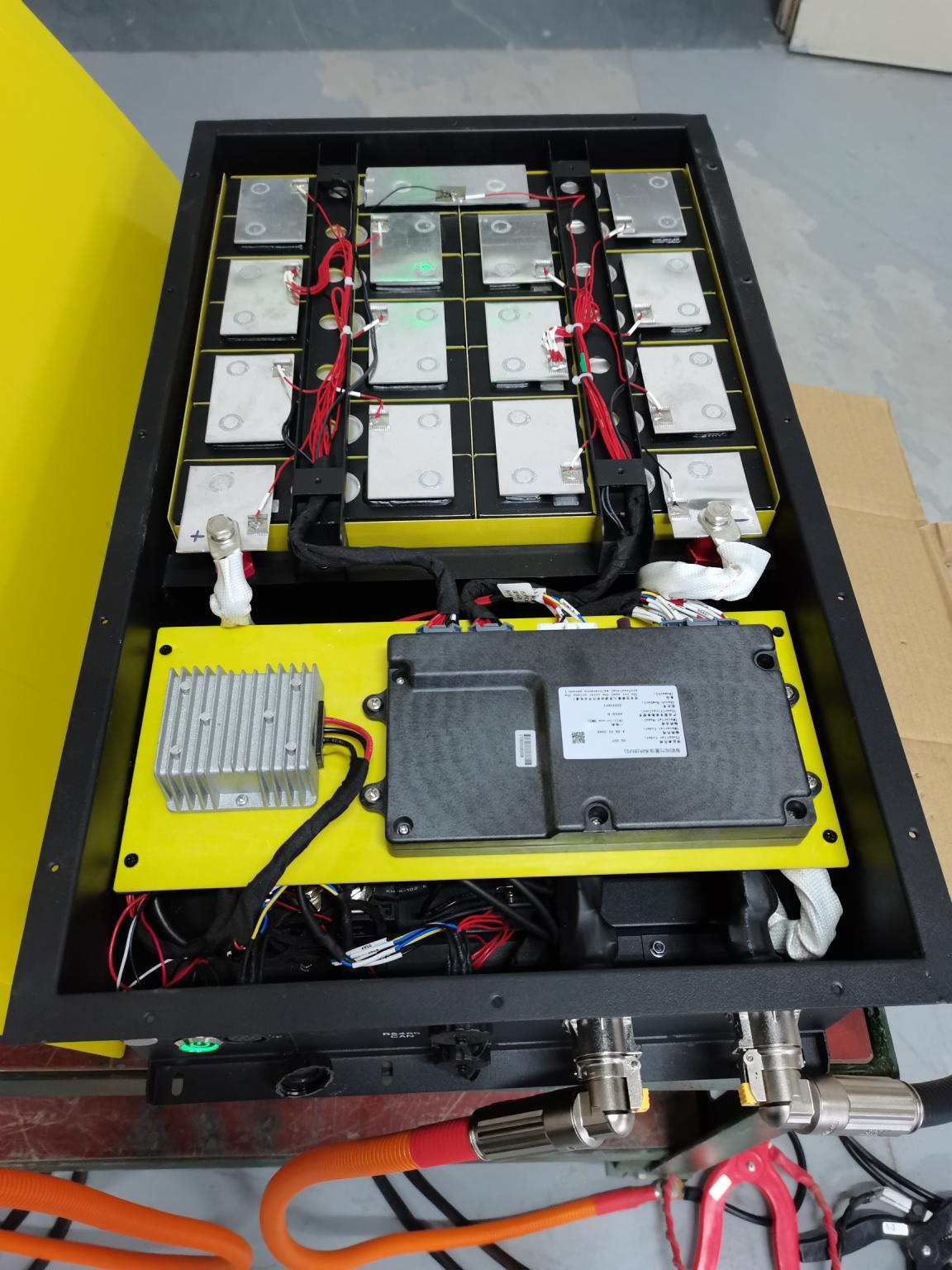
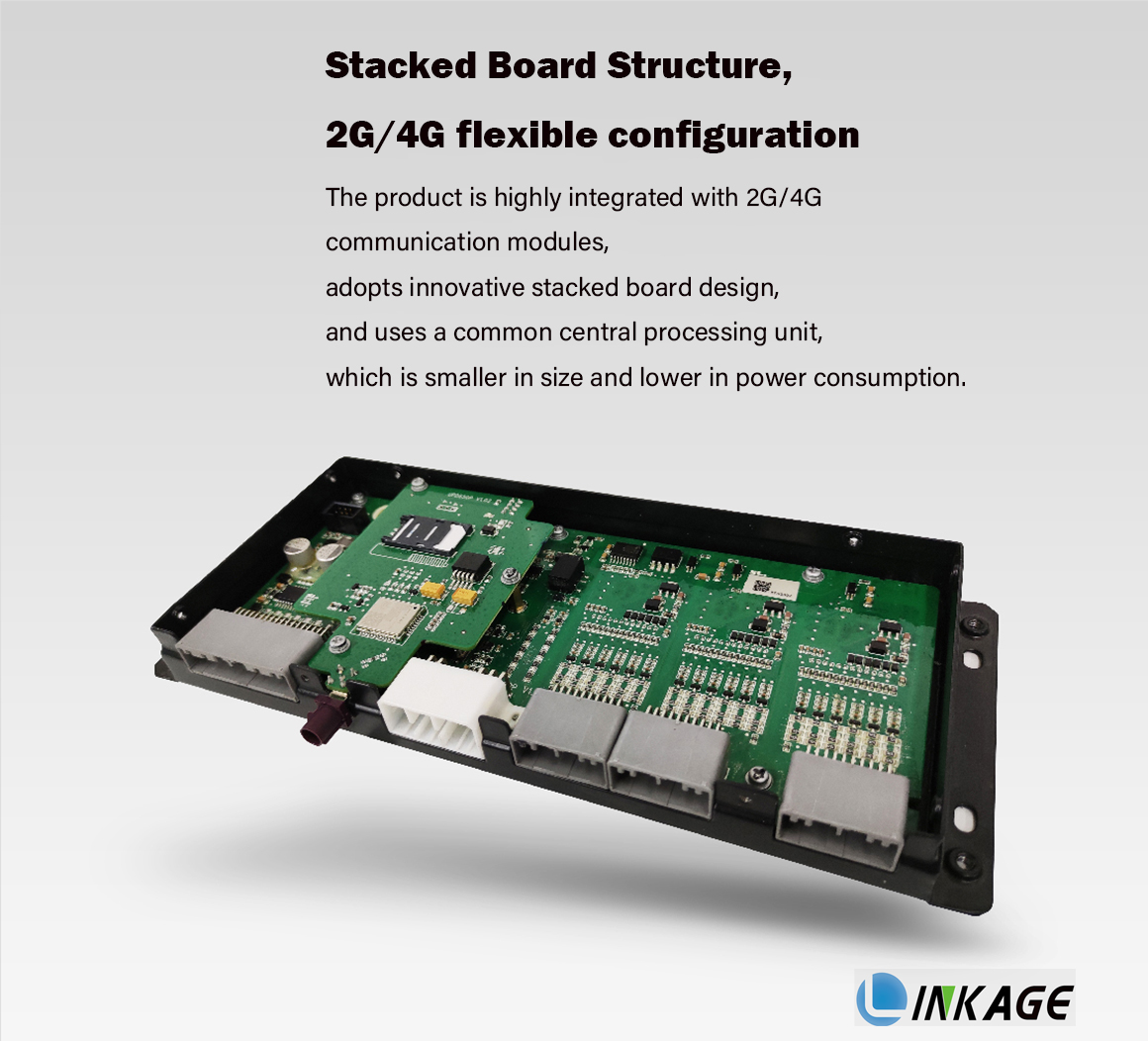
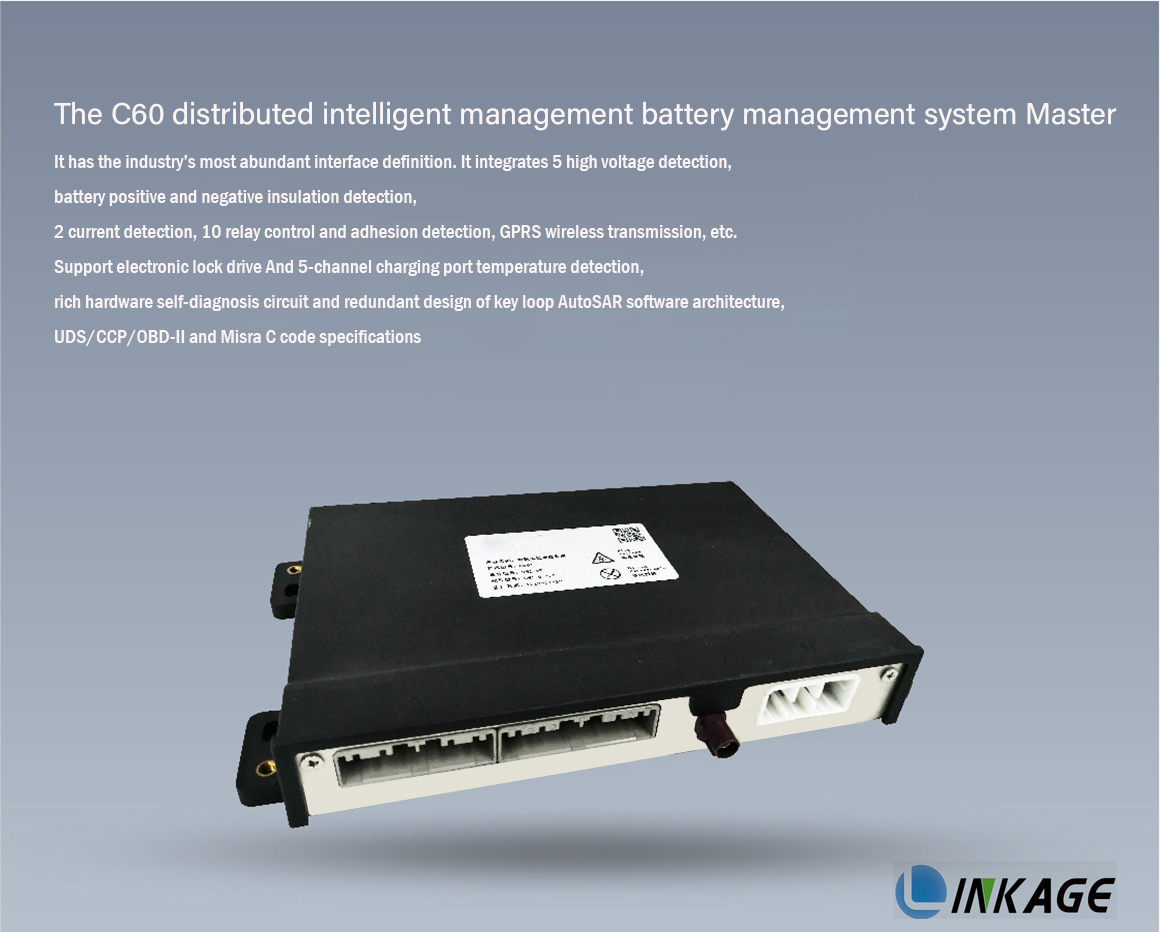
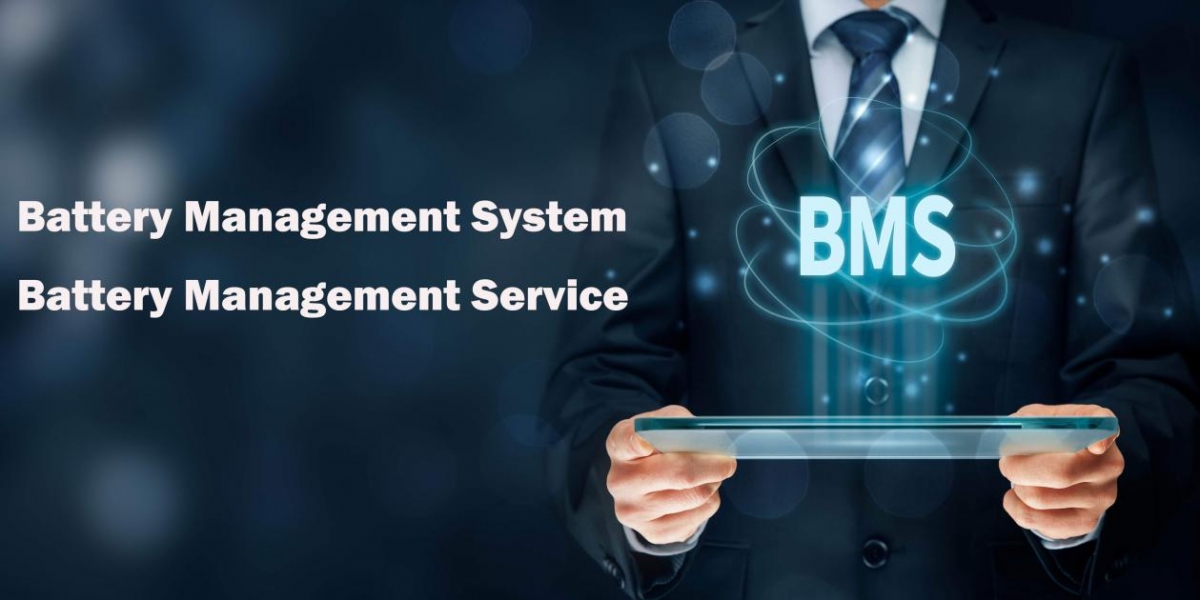
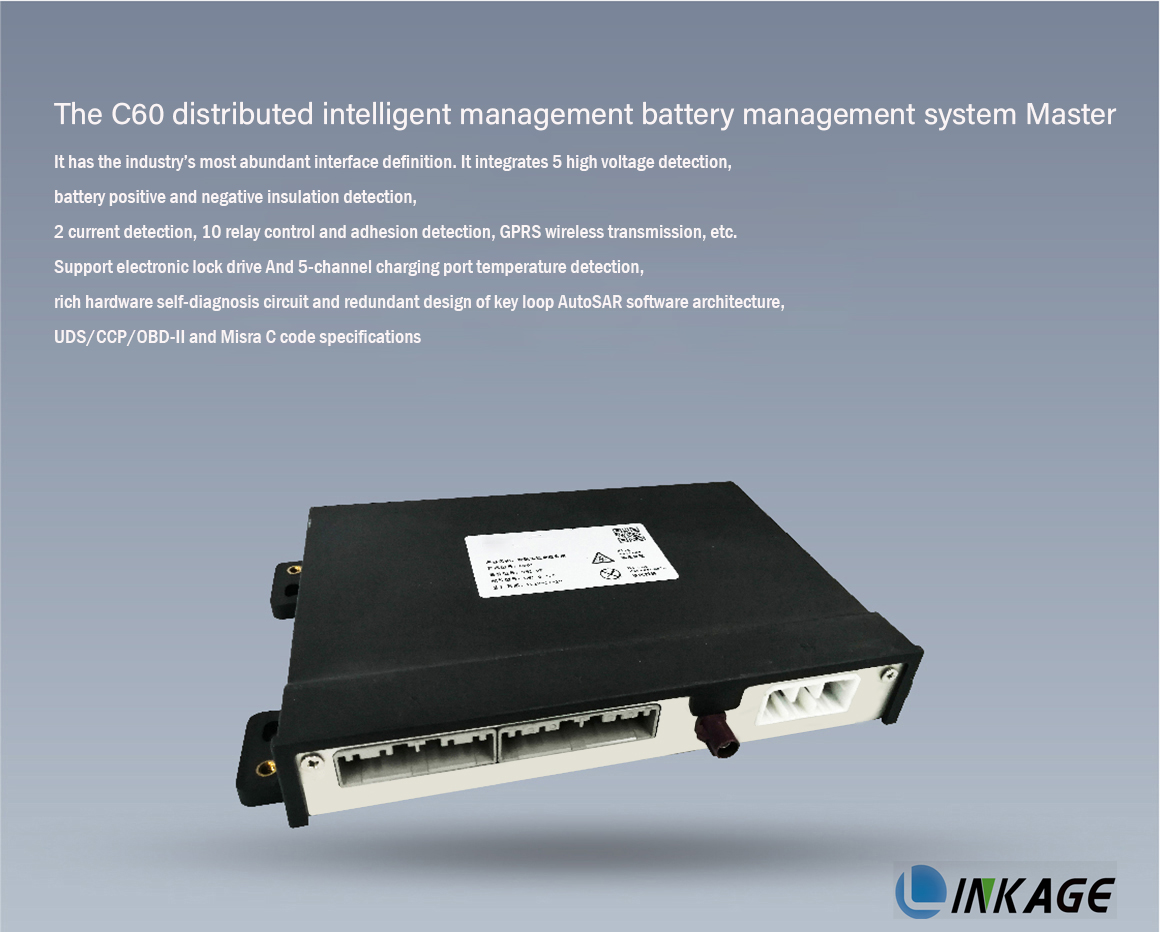
Litij-ionske baterije imajo različne energije interkalacije, ko pride do interkalacijskih reakcij med dvema elektrodama, in da bi dosegli najboljšo učinkovitost baterije, mora razmerje zmogljivosti dveh gostiteljskih elektrod ohranjati uravnoteženo vrednost.
In lithium-ion batteries, the capacity balance is expressed as the mass ratio of the positive electrode to the negative electrode,
That is: γ=m+/m-=ΔxC-/ΔyC+
V zgornji formuli se C nanaša na teoretično kulombično kapaciteto elektrode, Δx in Δy pa na stehiometrično število litijevih ionov, vgrajenih v negativno elektrodo oziroma pozitivno elektrodo. Iz zgornje formule je razvidno, da je zahtevano masno razmerje obeh polov odvisno od ustrezne kulonove kapacitete obeh polov in števila njunih reverzibilnih litijevih ionov.
slika
Generally speaking, a smaller mass ratio leads to incomplete utilization of the negative electrode material; a larger mass ratio may cause a safety hazard due to the overcharge of the negative electrode. In short, at the optimized mass ratio, the battery performance is the best.
For an ideal Li-ion battery system, the capacity balance does not change during its cycle, and the initial capacity in each cycle is a certain value, but the actual situation is much more complicated. Any side reaction that can generate or consume lithium ions or electrons may lead to changes in battery capacity balance. Once the battery’s capacity balance state changes, this change is irreversible and can be accumulated through multiple cycles, resulting in battery performance. Serious impact. In lithium-ion batteries, in addition to the redox reactions that occur when lithium ions are deintercalated, there are also a large number of side reactions, such as electrolyte decomposition, active material dissolution, and metallic lithium deposition.
Razlog 1: prekomerno polnjenje
1. Reakcija prekomernega polnjenja grafitne negativne elektrode:
Ko je baterija prenapolnjena, se litijevi ioni zlahka zmanjšajo in odložijo na površino negativne elektrode:
slika
Odloženi litij prevleče površino negativne elektrode in blokira vgradnjo litija. To ima za posledico zmanjšano učinkovitost praznjenja in izgubo zmogljivosti zaradi:
①Reduce the amount of recyclable lithium;
②The deposited metal lithium reacts with the solvent or supporting electrolyte to form Li2CO3, LiF or other products;
③ Metal lithium is usually formed between the negative electrode and the separator, which may block the pores of the separator and increase the internal resistance of the battery;
④ Zaradi zelo aktivne narave litija je enostavno reagirati z elektrolitom in porabiti elektrolit, kar ima za posledico zmanjšanje učinkovitosti praznjenja in izgubo zmogljivosti.
Hitro polnjenje, gostota toka je prevelika, negativna elektroda je močno polarizirana in odlaganje litija bo bolj očitno. To se verjetno zgodi, ko je aktivni material pozitivne elektrode pretiran glede na aktivni material negativne elektrode. Vendar pa lahko v primeru visoke stopnje polnjenja pride do odlaganja kovinskega litija, tudi če je razmerje pozitivnih in negativnih aktivnih materialov normalno.
2. Pozitivna reakcija prenapolnjenosti elektrode
When the ratio of positive electrode active material to negative electrode active material is too low, positive electrode overcharge is likely to occur.
The capacity loss caused by overcharge of the positive electrode is mainly due to the generation of electrochemically inert substances (such as Co3O4, Mn2O3, etc.), which destroy the capacity balance between the electrodes, and the capacity loss is irreversible.
(1) LiyCoO2
LiyCoO2→(1-y)/3[Co3O4+O2(g)]+yLiCoO2 y<0.4
At the same time, the oxygen generated by the decomposition of the positive electrode material in the sealed lithium-ion battery accumulates at the same time because there is no recombination reaction (such as the generation of H2O) and the flammable gas generated by the decomposition of the electrolyte, and the consequences will be unimaginable.
(2) λ-MnO2
Litij-manganova reakcija se pojavi, ko je litij-manganov oksid popolnoma delitiran: λ-MnO2→Mn2O3+O2(g)
3. The electrolyte is oxidized when overcharged
Ko je tlak višji od 4.5 V, se elektrolit oksidira, da nastane netopne snovi (kot je Li2Co3) in plini. Te netopne snovi blokirajo mikropore elektrode in ovirajo migracijo litijevih ionov, kar povzroči izgubo zmogljivosti med cikliranjem.
Dejavniki, ki vplivajo na hitrost oksidacije:
Površina materiala pozitivne elektrode
Material tokovnega zbiralnika
Added conductive agent (carbon black, etc.)
Vrsta in površina saj
Med bolj pogosto uporabljenimi elektroliti velja, da ima EC/DMC najvišjo oksidacijsko odpornost. Elektrokemični oksidacijski proces raztopine je na splošno izražen kot: raztopina→ oksidacijski produkt (plin, raztopina in trdna snov)+ne-
The oxidation of any solvent will increase the electrolyte concentration, decrease the electrolyte stability, and ultimately affect the capacity of the battery. Assuming that a small amount of electrolyte is consumed each time it is charged, more electrolyte is required during battery assembly. For a constant container, this means that a smaller amount of active substance is loaded, which results in a decrease in the initial capacity. In addition, if a solid product is produced, a passivation film will be formed on the surface of the electrode, which will increase the polarization of the battery and reduce the output voltage of the battery.
Reason 2: Electrolyte decomposition (reduction)
I decompose on the electrode
1. Elektrolit se razgradi na pozitivni elektrodi:
The electrolyte consists of a solvent and a supporting electrolyte. After the cathode is decomposed, insoluble products such as Li2Co3 and LiF are usually formed, which reduce the battery capacity by blocking the pores of the electrode. The electrolyte reduction reaction will have an adverse effect on the capacity and cycle life of the battery. The gas generated by the reduction can increase the internal pressure of the battery, which can lead to safety problems.
The positive electrode decomposition voltage is usually greater than 4.5V (vs. Li/Li+), so they do not easily decompose on the positive electrode. On the contrary, the electrolyte is more easily decomposed at the negative electrode.
2. The electrolyte is decomposed on the negative electrode:
The electrolyte is not stable on graphite and other lithium-inserted carbon anodes, and it is easy to react to generate irreversible capacity. During the initial charge and discharge, the decomposition of the electrolyte will form a passivation film on the surface of the electrode, and the passivation film can separate the electrolyte from the carbon negative electrode to prevent further decomposition of the electrolyte. Thus, the structural stability of the carbon anode is maintained. Under ideal conditions, the reduction of the electrolyte is limited to the passivation film formation stage, and this process does not occur when the cycle is stable.
Oblikovanje pasiviranega filma
Redukcija soli elektrolitov sodeluje pri tvorbi pasivacijskega filma, kar je koristno za stabilizacijo pasivacijskega filma, vendar
(1) The insoluble matter produced by the reduction will have an adverse effect on the solvent reduction product;
(2) The concentration of the electrolyte decreases when the electrolyte salt is reduced, which eventually leads to the loss of battery capacity (LiPF6 is reduced to form LiF, LixPF5-x, PF3O and PF3);
(3) Tvorba pasivacijskega filma porablja litijeve ione, kar bo povzročilo neravnovesje zmogljivosti med dvema elektrodama in zmanjšalo specifično zmogljivost celotne baterije.
(4) Če so na pasivacijskem filmu razpoke, lahko molekule topila prodrejo in zgostijo pasivacijski film, ki ne le porabi več litija, ampak lahko tudi blokira mikropore na površini ogljika, kar povzroči nezmožnost vstavljanja litija in ekstrahirano. , kar ima za posledico nepopravljivo izgubo zmogljivosti. Dodajanje nekaterih anorganskih dodatkov v elektrolit, kot so CO2, N2O, CO, SO2, itd., lahko pospeši nastajanje pasivacijskega filma in zavira sočasno vstavljanje in razgradnjo topila. Enak učinek ima tudi dodajanje organskih dodatkov kronskega etra. Najboljše so 12 kron in 4 etri.
Factors for film capacity loss:
(1) vrsta ogljika, uporabljenega v postopku;
(2) sestava elektrolita;
(3) Dodatki v elektrodah ali elektrolitih.
Blyr believes that the ion exchange reaction advances from the surface of the active material particle to its core, the new phase formed bury the original active material, and a passive film with low ionic and electronic conductivity is formed on the surface of the particle, so the spinel after storage Greater polarization than before storage.
Zhang je ugotovil, da se je odpornost površinske pasivacijske plasti povečala in medfazna kapacitivnost zmanjšala s povečanjem števila ciklov. Odraža, da se debelina pasivacijske plasti povečuje s številom ciklov. Raztapljanje mangana in razgradnja elektrolita vodita do nastanka pasivacijskih filmov, visoki temperaturni pogoji pa so bolj naklonjeni poteku teh reakcij. To bo povečalo kontaktno upornost med delci aktivnega materiala in odpornost proti migraciji Li+, s čimer se bo povečala polarizacija baterije, nepopolno polnjenje in praznjenje ter zmanjšana zmogljivost.
II Reduction Mechanism of Electrolyte
The electrolyte often contains oxygen, water, carbon dioxide and other impurities, and redox reactions occur during the charging and discharging process of the battery.
Mehanizem redukcije elektrolita vključuje tri vidike: redukcijo topila, redukcijo elektrolita in zmanjšanje nečistoč:
1. Zmanjšanje topila
The reduction of PC and EC includes one-electron reaction and two-electron reaction process, and the two-electron reaction forms Li2CO3:
Fong et al. menili, da se je med prvim procesom praznjenja, ko je bil potencial elektrode blizu 0.8 V (v primerjavi z Li/Li+), elektrokemična reakcija PC/EC na grafitu, da nastane CH=CHCH3(g)/CH2=CH2(g) in LiCO3, kar vodi do nepopravljive izgube zmogljivosti na grafitnih elektrodah.
Aurbach et al. conducted extensive research on the reduction mechanism and products of various electrolytes on lithium metal electrodes and carbon-based electrodes, and found that the one-electron reaction mechanism of PC produces ROCO2Li and propylene. ROCO2Li is very sensitive to trace water. The main products are Li2CO3 and propylene in the presence of trace water, but no Li2CO3 is produced under dry conditions.
Restoration of DEC:
Ein-Eli Y je poročal, da bo elektrolit, pomešan z dietil karbonatom (DEC) in dimetil karbonatom (DMC), podvržen reakciji izmenjave v bateriji, da nastane etil metil karbonat (EMC), ki je odgovoren za izgubo zmogljivosti. določen vpliv.
2. Electrolyte reduction
The reduction reaction of the electrolyte is generally considered to be involved in the formation of the carbon electrode surface film, so its type and concentration will affect the performance of the carbon electrode. In some cases, the reduction of the electrolyte contributes to the stabilization of the carbon surface, which can form the desired passivation layer.
Na splošno velja, da je nosilni elektrolit lažje reducirati kot topilo, redukcijski produkt pa se zmeša v filmu za nanašanje negativne elektrode in vpliva na upad zmogljivosti baterije. Več možnih reakcij redukcije podpornih elektrolitov je naslednjih:
3. Impurity reduction
(1) If the water content in the electrolyte is too high, LiOH(s) and Li2O deposits will be formed, which is not conducive to the insertion of lithium ions, resulting in irreversible capacity loss:
H2O+e→OH-+1/2H2
OH-+Li+→LiOH(i)
LiOH+Li++e-→Li2O(s)+1/2H2
Ustvarjeni LiOH(i) se odlagajo na površino elektrode in tvorijo površinski film z visoko odpornostjo, ki ovira vgradnjo Li+ v grafitno elektrodo, kar povzroči nepopravljivo izgubo zmogljivosti. Majhna količina vode (100-300×10-6) v topilu ne vpliva na delovanje grafitne elektrode.
(2) CO2 v topilu se lahko zmanjša na negativni elektrodi, da nastane CO in LiCO3:
2CO2+2e-+2Li+→Li2CO3+CO
CO will increase the internal pressure of the battery, and Li2CO3(s) will increase the internal resistance of the battery and affect the battery performance.
(3) Prisotnost kisika v topilu bo tvorila tudi Li2O
1/2O2+2e-+2Li+→Li2O
Because the potential difference between metallic lithium and fully intercalated carbon is small, the reduction of the electrolyte on carbon is similar to the reduction on lithium.
Razlog 3: Samopraznjenje
Samopraznjenje se nanaša na pojav, da baterija naravno izgubi svojo zmogljivost, ko ni v uporabi. Samopraznjenje litij-ionske baterije vodi do izgube zmogljivosti v dveh primerih:
One is the reversible capacity loss;
Druga je izguba nepopravljive zmogljivosti.
Reversible capacity loss means that the lost capacity can be recovered during charging, while irreversible capacity loss is the opposite. The positive and negative electrodes may act as a microbattery with the electrolyte in the charged state, resulting in lithium ion intercalation and deintercalation, and intercalation and deintercalation of positive and negative electrodes. The embedded lithium ions are only related to the lithium ions of the electrolyte, so the capacity of the positive and negative electrodes is unbalanced, and this part of the capacity loss cannot be recovered during charging. Such as:
Pozitivna elektroda in topilo iz litijevega manganovega oksida povzročita učinek mikro baterije in samopraznjenje, kar povzroči nepopravljivo izgubo zmogljivosti:
LiyMn2O4+xLi++xe-→Liy+xMn2O4
Molekule topila (kot je PC) se oksidirajo na površini prevodnega materiala saj ali tokovnega zbiralnika kot anoda mikrobaterije:
xPC→xPC-radical+xe-
Podobno lahko negativni aktivni material medsebojno deluje z elektrolitom, da povzroči samopraznjenje in povzroči nepopravljivo izgubo zmogljivosti, elektrolit (kot je LiPF6) pa se zmanjša na prevodnem materialu:
PF5+xe-→PF5-x
Lithium carbide in the charged state is oxidized by removing lithium ions as the negative electrode of the microbattery:
LiyC6→Liy-xC6+xLi+++xe-
Factors affecting self-discharge: the manufacturing process of the positive electrode material, the manufacturing process of the battery, the properties of the electrolyte, temperature, and time.
